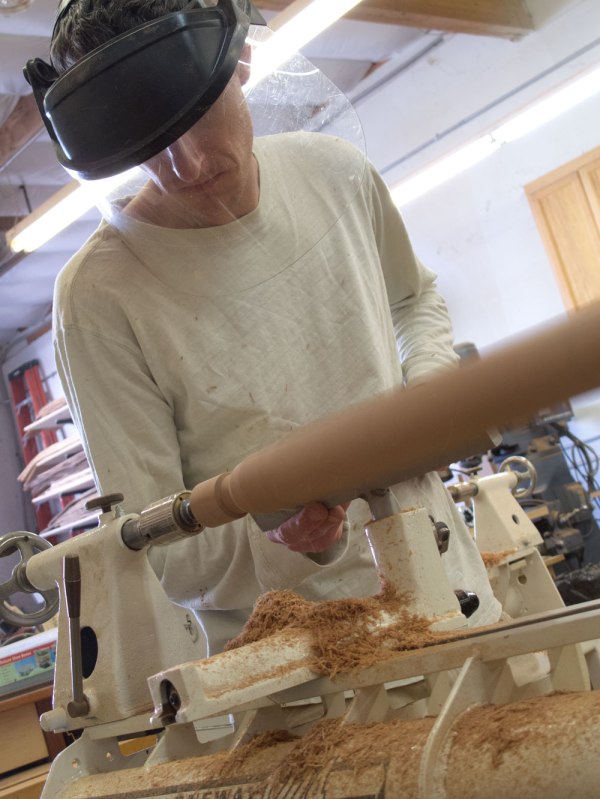Editor’s note: Peter Galbert’s upcoming book on chairmaking is filled with stuff I have already begun to put into practice in my shop. Check out this short passage.
While learning techniques for turning specific details is important, I’ve found that having a process to practice and improve them is critical to mastering them. I remember learning to turn and feeling like mistakes and catches came out of nowhere, like a mugger in the night. But turning is simple physics, and the combination of tool, wood and movement will yield absolutely predictable results. Just like driving a car, the key is learning what the controls are and how to combine them to keep out of harm’s way. The problem almost always lies with you and your tool, and while this sounds like condemnation, I take it as encouragement. If the technique you are using gives poor results, you have the ability to choose a different technique, but first you must identify the problem.
Because the occasional turner usually needs to make a only few pieces when a project calls for them, it’s natural to assume that carefully turning a good bead on a scrap piece of wood is the way to bone up before chucking up a furniture part. The problem with this assumption is that it implies that squeaking out one good bead is proof positive that you can repeat the feat.
I’ve found it’s more productive to turn 10 poor-looking beads quickly. This gives the turner the chance to rehearse the movements and isolate the problem areas. I encourage consciously repeating mistakes, as long as they aren’t unsafe, until you can do so consistently. That way, you will learn to investigate the mechanics of the trouble, and avoiding it becomes easy. Plus, like a boxer learning to take a punch, you won’t become overly rattled by a simple catch or mistake.
— Peter Galbert
